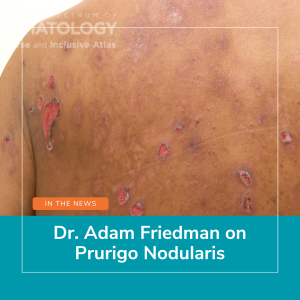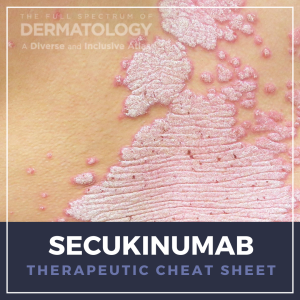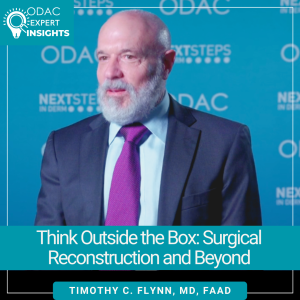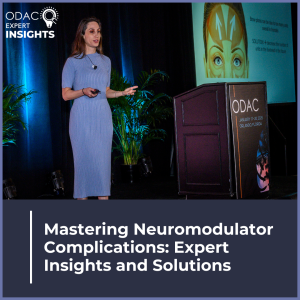
ODAC Conference Co-Chair Adam Friedman, MD, FAAD, spoke with The Dermatology Digest about his ODAC 2025 presentation on prurigo nodularis.
Learn what’s new in the understanding of the condition and what to consider in a differential diagnosis. Hear Dr. Friedman’s insight on the significant burden prurigo nodularis places upon patients. (It may shock you!) Plus find out about FDA-approved therapies and the two therapeutic pathways to consider combining in your treatment plan.
For more on prurigo nodularis, register for ODAC 2026 and attend Dr. Friedman’s lecture, “Prurigo Nodularis & Other Pruritic Problems”.




